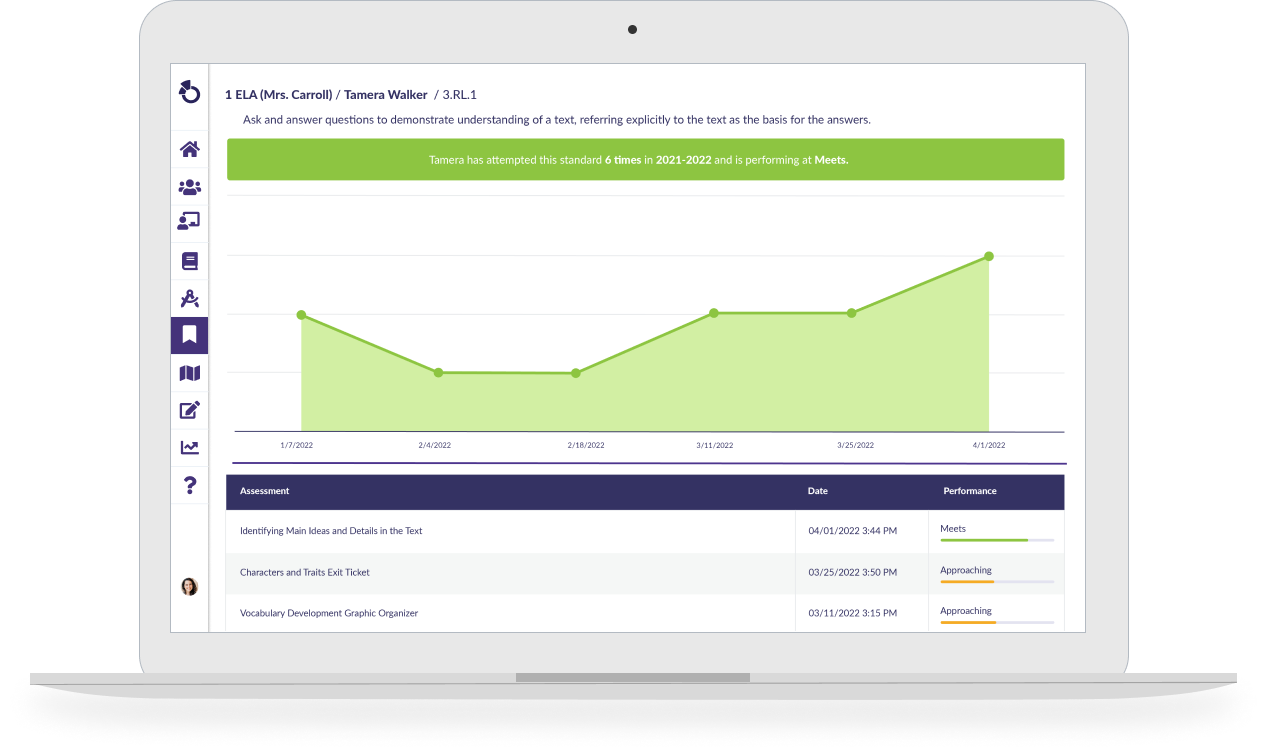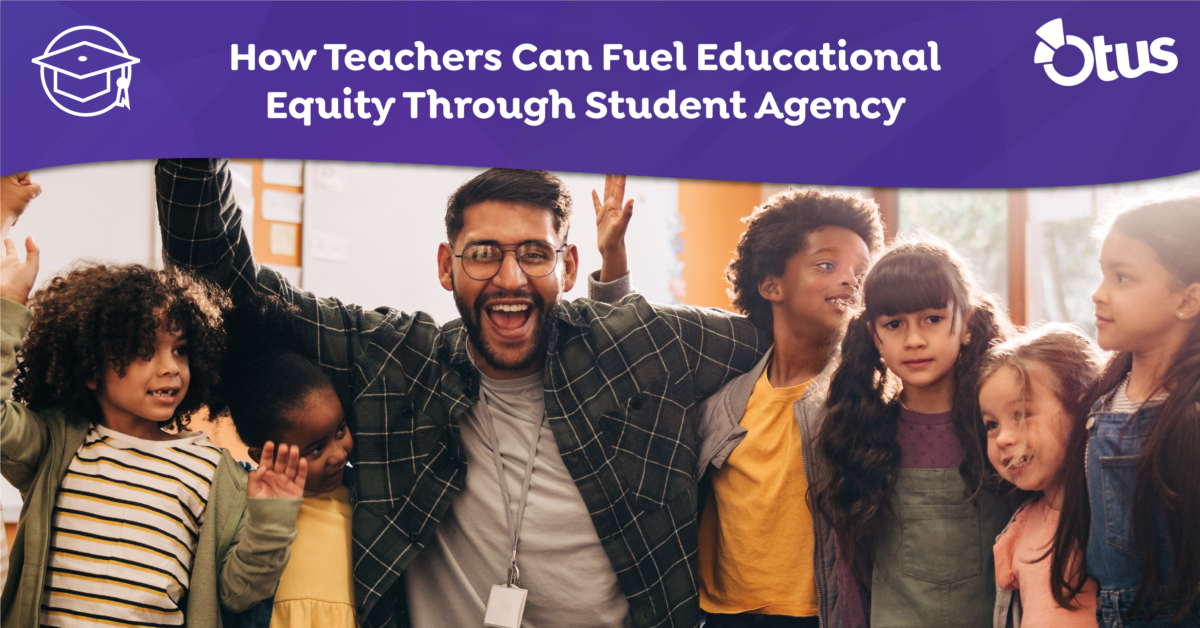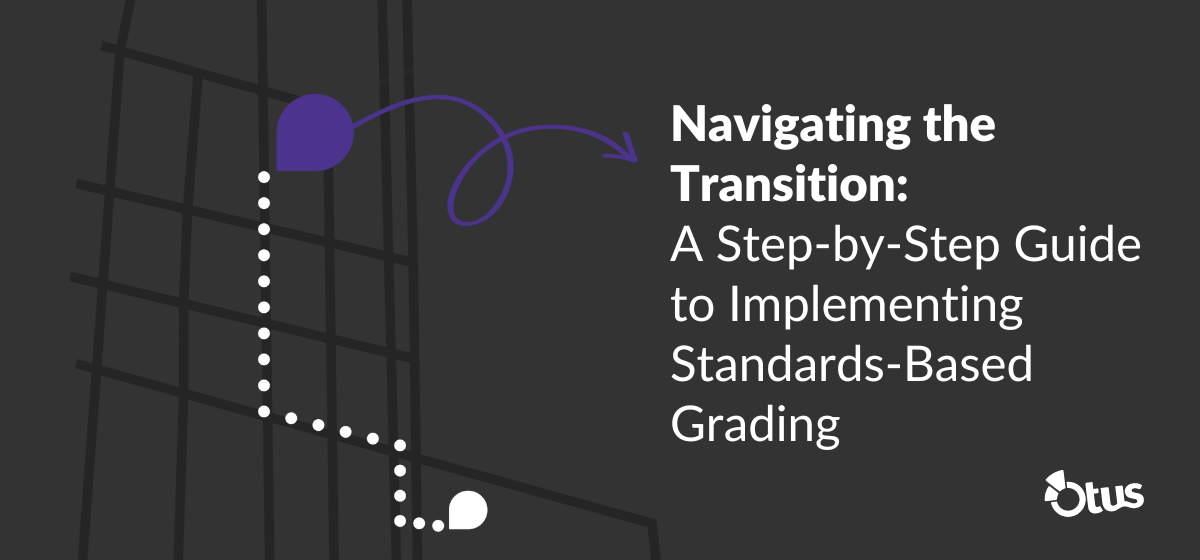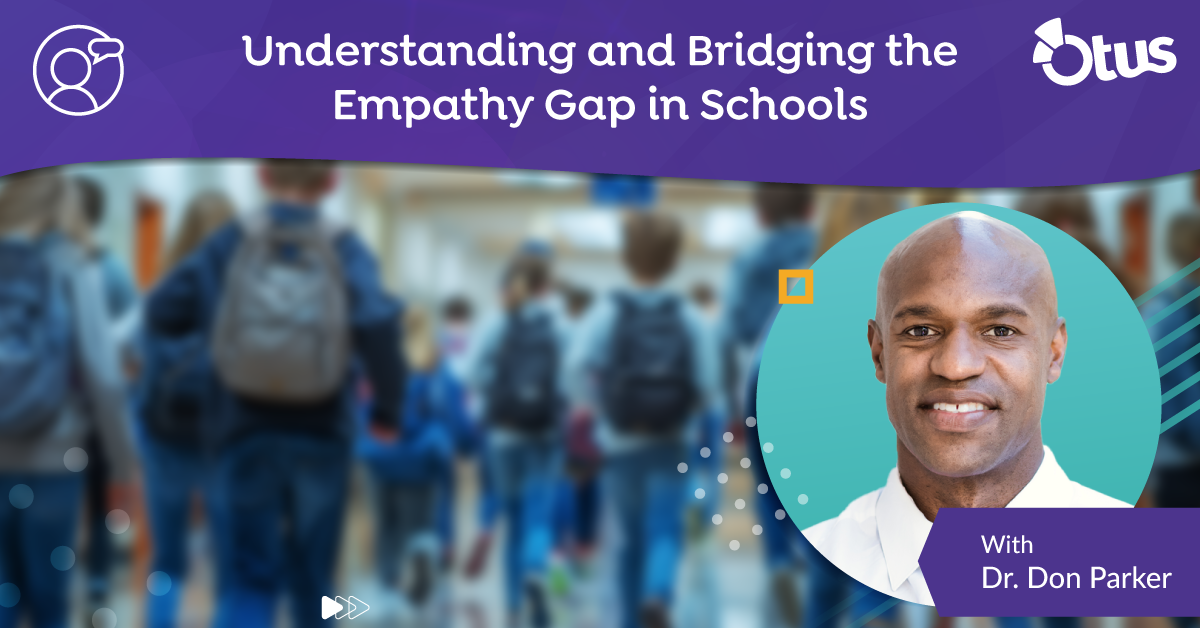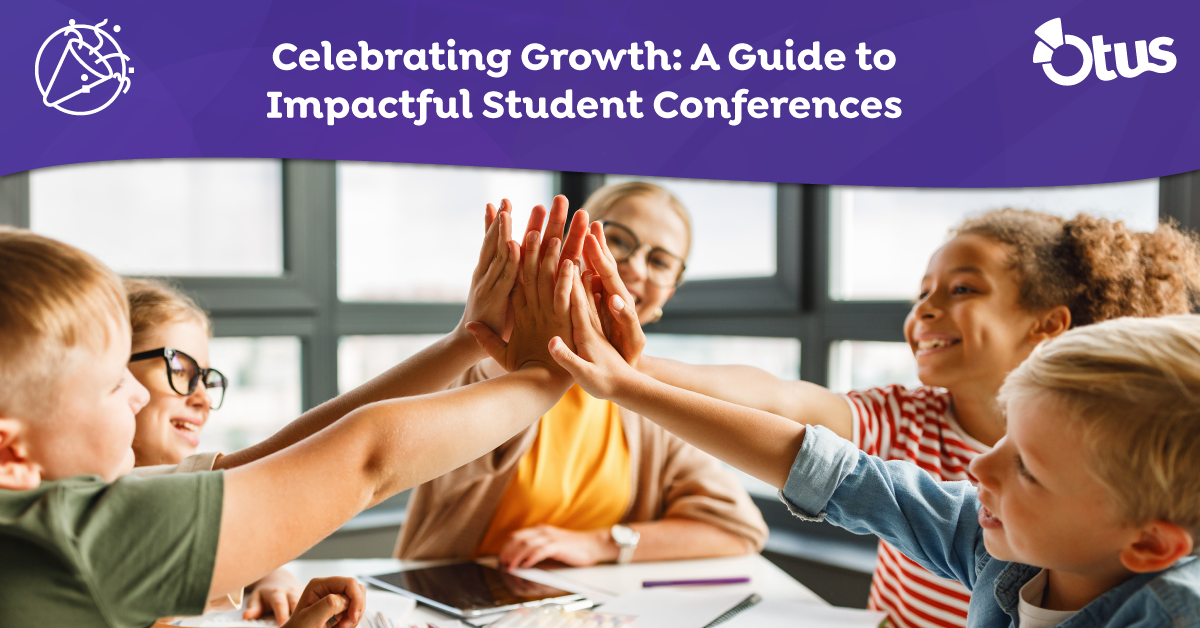What Is Student Agency?
Student agency refers to empowering students to actively participate in their own learning journey. This approach positions students as active participants in their education, where they voice their thoughts, engage in meaningful projects, and reflect on their growth through diverse assessments. As educators, we serve not just as teachers but as facilitators and supporters of their explorations and successes.
The Value of Educational Equity
Educational equity is about providing every student with the right tools and opportunities to succeed and celebrating their unique backgrounds and capabilities. In “Street Data: A Next-Generation Model for Equity, Pedagogy, and School Transformation,” authors Jamila Dugan and Shane Safir suggest that real transformation in education comes from recognizing the human aspects of learning – valuing what students bring to the table over standard metrics. This approach sees equity not just as a goal but as a continuous journey where student agency plays a crucial role.
Strategies for Cultivating Student Agency
Project-Based Learning (PBL)
- Definition: Project-based learning immerses students in exploring real-world challenges, fostering not only knowledge acquisition but also skill development through practical application.
- Roles: Teachers serve as guides, offering resources and support while students drive their learning, exploring topics that ignite their curiosity.
- Assessment: Projects are assessed on creativity and depth, with presentations offering insights into students’ understanding and application.
Example: In a PBL unit, students might assume the role of environmental scientists to tackle local sustainability issues. Their work might culminate in a community presentation proposing realistic solutions based on their findings.
Inquiry-Based Learning
- Definition: Inquiry-based learning centers on student-formulated questions, which students explore to uncover new knowledge and insights.
- Roles: Students lead the exploration, using critical thinking to navigate and solve complex questions, while teachers facilitate by providing the necessary tools and frameworks.
- Assessment: The focus is on the inquiry process itself, and how thoroughly the findings are presented.
Example: In an inquiry-based lesson, students might investigate the impact of historical events on modern society, developing and presenting a case study on a specific event’s long-term effects.
Portfolio Development
- Definition: Portfolios allow students to document and reflect on their learning experiences, showcasing their progress and achievements over time.
- Roles: Students curate their own portfolios, selecting works that best represent their growth, while teachers offer feedback and help refine their reflective skills.
- Assessment: Portfolios are evaluated for growth, showcasing ongoing development and learning paths.
Example: A student might compile a portfolio for an art class that includes initial sketches, revised drawings, and final pieces, each accompanied by a student-written reflection on their artistic process.
Responsive Assessment Practices
- Definition: These practices adapt to meet students’ individual learning needs, providing continuous feedback that encourages growth and improvement.
- Roles: Teachers monitor progress closely, offering timely feedback that helps students refine their approach to learning.
- Assessment: Emphasis is placed on formative assessments that guide learning, such as self-assessments and peer feedback.
Example: In a writing class, students might receive ongoing feedback on their drafts, allowing them to gradually improve their work based on specific, actionable insights from both peers and teachers.
Otus: Streamlining Strategies for Student-Centered Learning
By supporting student agency, we open doors to personalized and impactful learning experiences that uphold the principles of educational equity. Data solutions like Otus enhance educators’ ability to foster student agency by offering integrated tools that streamline the implementation of effective educational strategies.
Holistic Picture of a Student: Otus helps educators to know their students better, bringing together data from every source to create a complete picture of each student’s learning.
Flexible Assessment Tools: For most educators, keeping track of a student’s learning journey during PBL units or charting their progress on formative assessments is time-consuming and scattered across different platforms.
Otus simplifies this by offering a variety of flexible assessment tools to measure student learning. Students can upload any learning artifact or product to a rubric assessment, making it the perfect pair for PBL or inquiry-based activities.

